Best Bottleneck Calculators for PC : The Ultimate Guide

In the fast-paced world of technology, PC construction has changed dramatically. Assembling a high-performance computer is much easier now than in the past. Simple components, comprehensive web resources, and a user-friendly software interface make it possible for both hobbyists and beginners to confidently enter the world of PC building.
Abstract;
1. PC bottlenecks can significantly degrade system performance and degrade user experience.
2. On paper, bottleneck calculators can help you identify suitable parts, save you time and enable you to make the best possible purchase.
3. When building a PC system, or even before, you should take these into account to reduce the likelihood of compatibility and performance issues.
4. We’ll go over the top PC calculators in this post so you can use them to figure out common problems when building a PC.
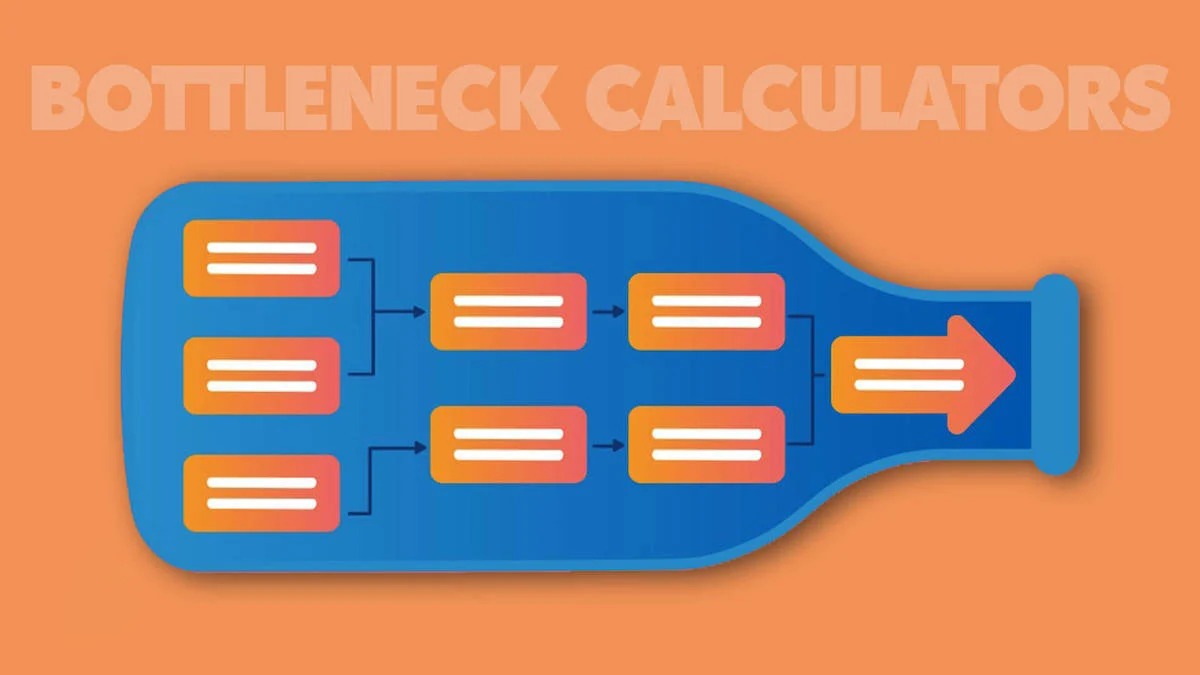
However, bottlenecks can be a constant challenge in the ever-changing field of PC manufacturing.
A bottleneck occurs when one or more system components are unable to meet the needs of other components, which reduces overall system performance. This is the worst nightmare you can have. For this reason, it’s always a good idea to do your research before purchasing a PC to rule out any issues and have a positive experience.
What is a PC Bottleneck?
When one or more components of a computer system are unable to function as well as other components, the total performance of the system is limited and is called a PC bottleneck. This is a condition in which the overall performance of the system is compromised or it is not reliable enough to boot up at all. Stability issues can occasionally arise, which can also result in recurring BSODs (blue screen of death).
A bottleneck has a big impact on PC performance. A bottleneck occurs when a weak component interferes with the ability of other components to function, reducing game performance and lagging frames per second (FPS). The overall capacity of the PC is limited when the strong component is underutilized and the weak component is stressed. Longer load times, slower processing rates, and reduced system performance can all be the results.
Best Bottleneck Calculators for PC You Can Trust
1) CPU Agent Bottleneck Calculator
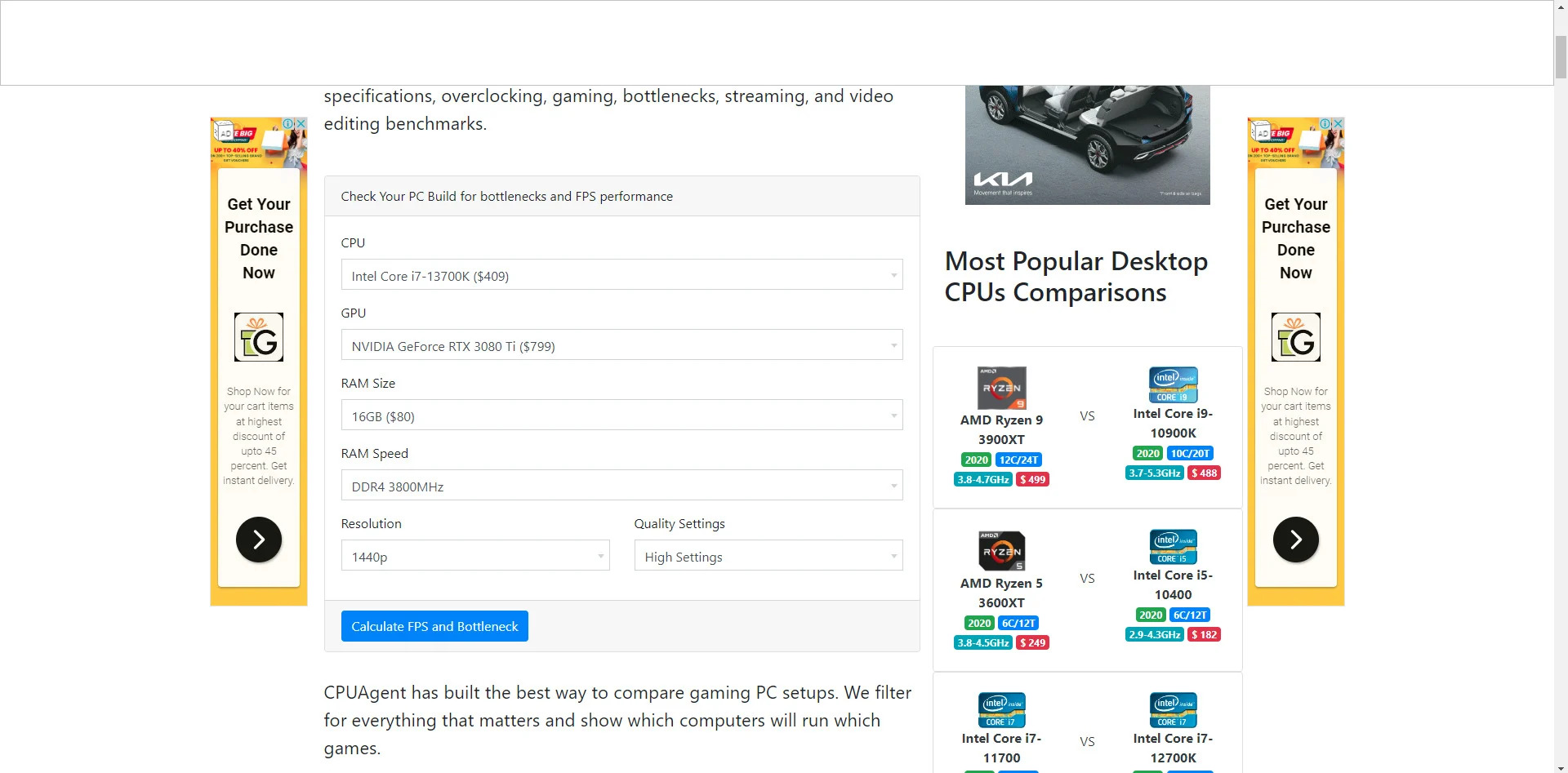
Another well-known source for bottleneck calculations that you can rely on is CPU Agent. While the overall design is simple, it doesn’t take away from the essential features and should ultimately get the job done. You can choose from a variety of alternatives, including CPU, PC build comparisons, FPS calculators, and other helpful tools that help you make build choices beyond the typical bottleneck calculator.
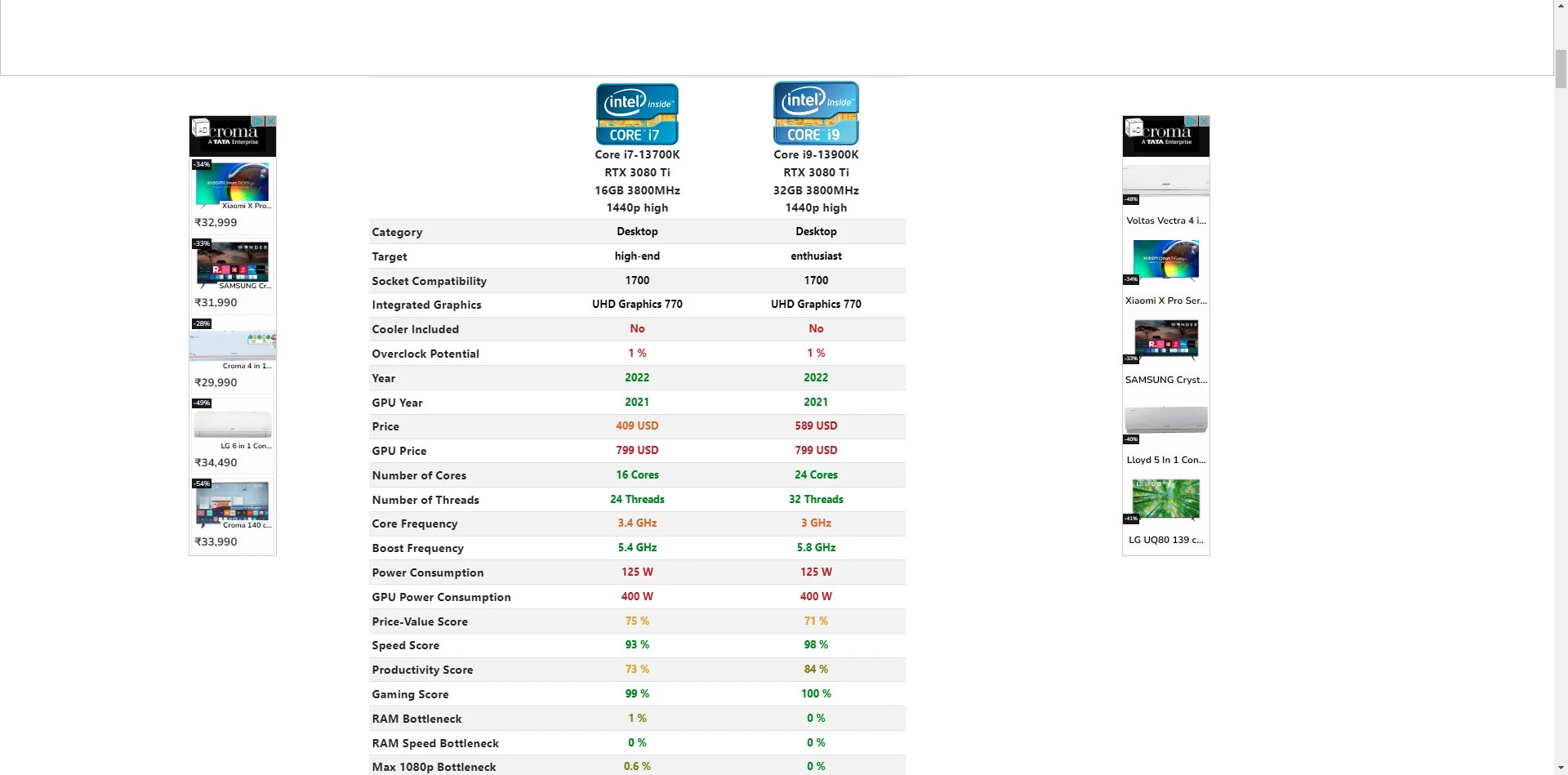
One of the best things about employing CPU Agents is the fact that CPU Agents offers a full explanation for each recommended part in addition to the ones we initially selected for constraint comparison. In addition, an average value is given for each component when selected from the list. People who want to upgrade or build a PC on a tight budget can find it extremely helpful. In general, CPU Agent comes highly recommended by us. However, they need to manage their ad problem better because, even with the ad blocker turned on, we occasionally observed disruptive pop-ups with random ads on the website.
2) PC Builds Bottleneck Calculator
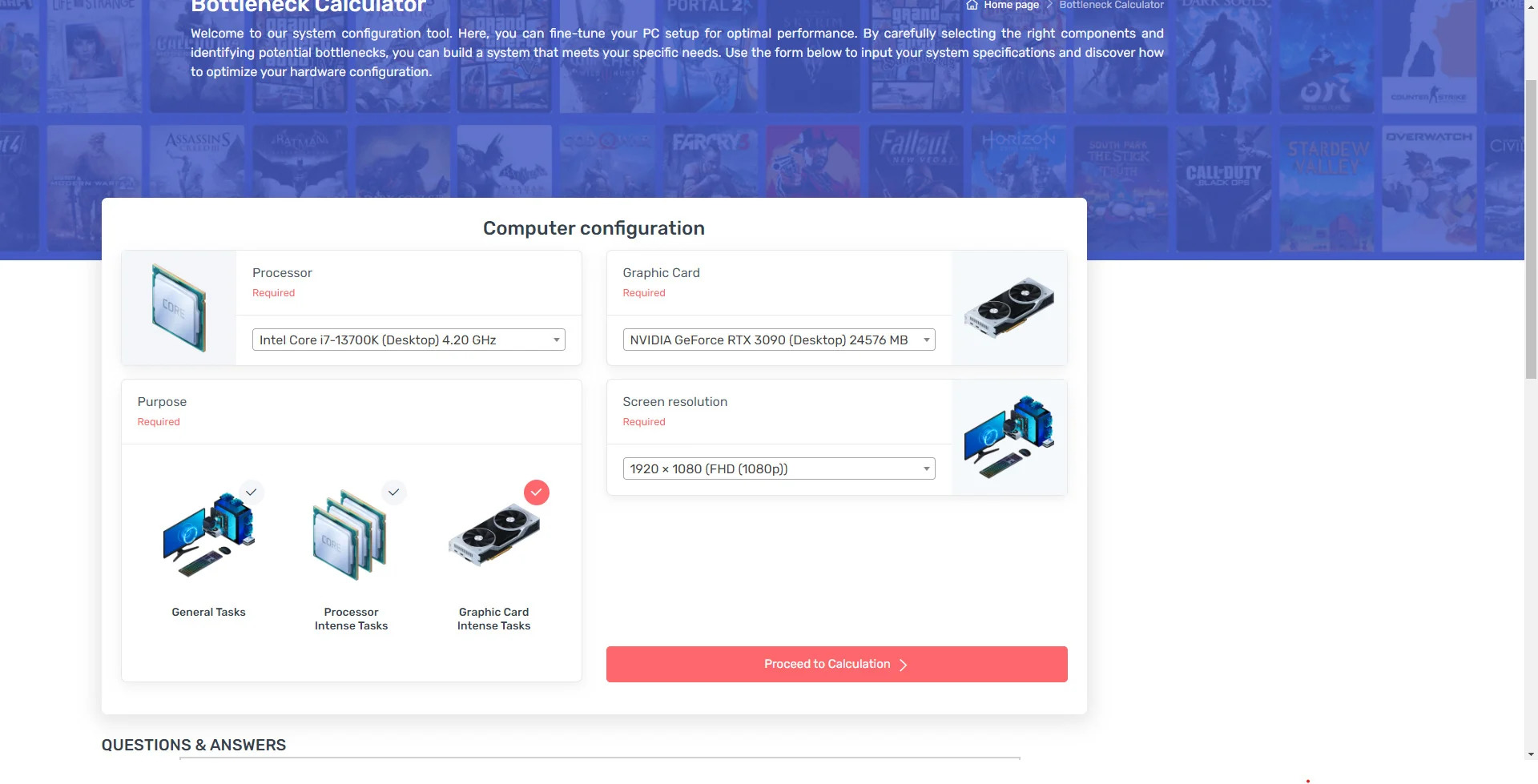
For PC builds and bottleneck calculators, PC Builds is probably the greatest resource available. The website has a simple, easy-to-navigate layout, along with a plethora of tools that let users check specs while on the road and identify potential obstacles. The overall design of the website is very simple and user friendly. A pleasant user experience is further enhanced by the clean, ad-free user interface of the website.

The fact that the website is constantly updated with the latest configurations and newly launched hardware components is one of the main advantages of building a PC. In addition to standard component selection, it has become easier for the user to select components based on usage scenarios and workflows.
The lack of ability to choose the amount and frequency of RAM is the main drawback of the PC build, which can be very frustrating for some people, especially if they have to choose between DDR4 and DDR5 memory configurations. Additionally, we were unable to find an alternative to select the wattage of the PSU, so when building a PC, you have to take extra care and choose the right one.
3) Build Redux

One of the PC builders, Build Redux is known for offering the best value and affordable price in the custom PC building industry. Build Redux has a section of its website dedicated to building your own computer. You can change your components in this section based on your spending limit and the type of games you like to play. Since they are mainly for gamers and enthusiast PC builders, there is more emphasis on games.
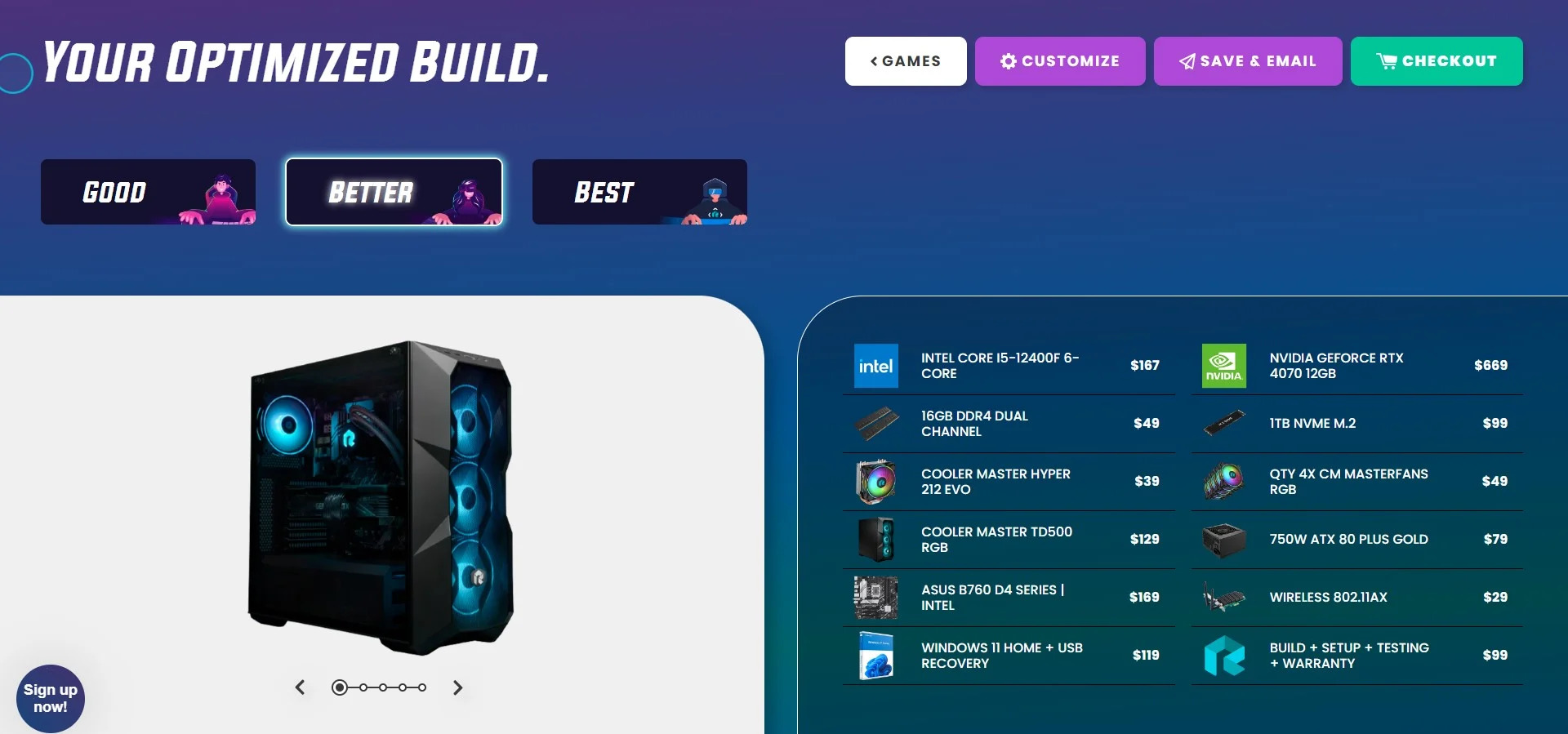
This is one of the best user interfaces we’ve seen. This is the best option among them all because it is contemporary and easy to use. You can configure your entire system and even purchase individual components from them in just four easy steps. The lack of a drop-down menu to select or alternate between separate components struck us as inconvenient. If not, you might want to try this website if you need to build a PC urgently.
Are PC Bottlenecks Calculators Reliable?

There is no straightforward answer to this question, but if you are still unsure, a thorough explanation may help you understand it better.
Although their accuracy varies, PC bottleneck calculators are useful tools for estimating the potential stability or performance of a computer system.
You should be careful when using calculators that are only available on a PC. Although there are many different bottleneck calculators, they are not always accurate. To get a complete view of what’s going on in your system, you need to add some manual research and common sense to your bottleneck calculations. However, if you use botlink calculators selectively and carefully, they can be useful.
There are countless things to think about. These programs typically test the capabilities and capabilities of various hardware components in your system, such as the CPU, GPU, and RAM, and look for any imbalances or restrictions that could be causing bottlenecks.
These are some of the reasons why their reliability can be compromised;
For PC enthusiasts and gamers, the Bottleneck Calculator is an invaluable tool for determining potential performance issues with their computers. PC performance and performance bottlenecks can be found by analyzing the CPU and GPU combo.
Although they can be a useful tool for detecting potential performance bottlenecks in a system, it is important to consider their inter dependencies before drawing conclusions from their results. When assessing the reliability of an bottleneck calculator, there are several things to consider:
Accuracy: The accuracy of an bottleneck calculator is based on how well its algorithms and procedures are designed. Although different calculators may use different methods to estimate constraints, it is important to understand the underlying ideas and assumptions of each.
Analysis of current hardware: As technology advances, new hardware components are released regularly. For their evaluations, bottleneck calculators rely on accurate and current component data and benchmarks. Your readings may be affected by incorrect conclusions drawn from old or faulty data.
Real-world usage scenarios: Although bottleneck calculators provide theoretical predictions based on defined criteria, actual usage can affect overall performance and disrupt workflow. Standard calculators are unable to accurately predict bottlenecks due to factors including program usage, background activity, and system configuration.
Post PC Build Bottleneck Checkers
Using a bottleneck calculator can be very helpful in identifying potential bottlenecks before you start building, whether you’re building a new PC or upgrading an old system. However, let’s say you want to improve the machine you have. In this scenario, you may find it helpful to use post-construction setback calculators in addition to the techniques below.
Task Manager: For basic tasks like killing background processes, closing programs, and monitoring RAM usage, Windows users often rely on Task Manager. Many people are unaware that Task Manager has been a useful tool since Windows XP. It has practical system monitoring features that provide you with up-to-date data on CPU, GPU, RAM, and disk usage. These devices are particularly helpful in identifying any bottlenecks and can show whether a component is consistently operating at or near its maximum capacity.
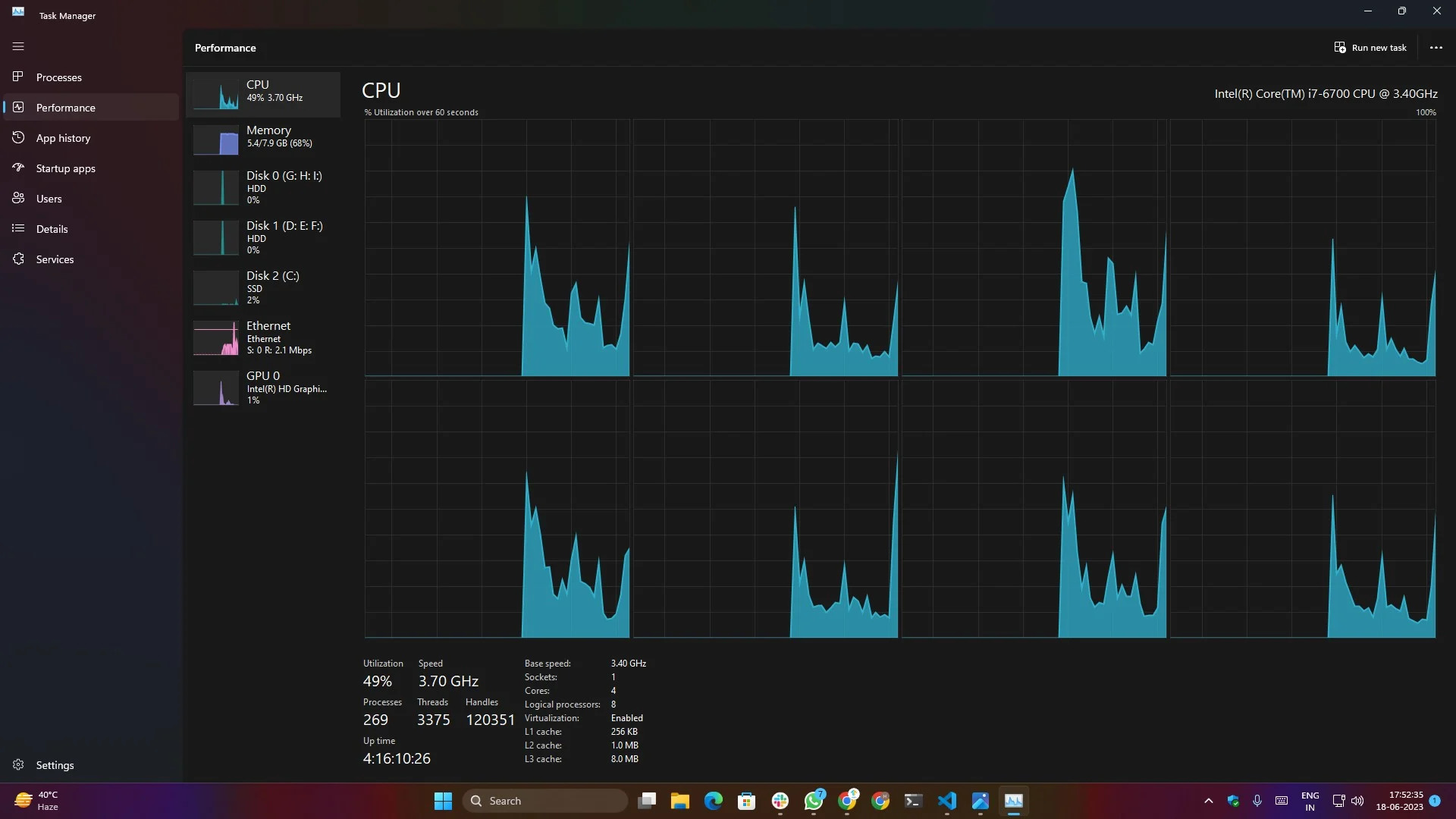
Xbox Game Bar: One of the core features of Windows 10/11, the Xbox Game Bar not only allows you to browse the wide selection of titles on the Xbox Store. The Xbox Game Bar is an integrated widget overlay that is also included. In addition to a variety of streaming and gameplay recording features, GameBar includes an integrated performance and frame rate monitoring widget that provides instant performance and frame rate data while you play, eliminating the need for external applications or software. . It is accessible by simply pressing Windows + G, and is compatible with both non-gaming and gaming programs.

Benchmarks: Under ideal load conditions, hardware components that are pushed to their limits can be stress tested with benchmarks. Although benchmarks cannot fully replicate real-world usage and performance, they are helpful in testing components to the extent of their capabilities. Benchmarks are useful for testing components at maximum capacity, but they are not ideal for simulating real-world usage scenarios and performance.
Which hardware components are susceptible to interrupts?
The overall performance of a PC system can be hampered by various hardware components. Among these elements are:
1.The central processing unit, or CPU, is in charge of performing computations and commands. Insufficient processing power or an excessive workload on the CPU can cause it to become bottlenecked, therefore hindering system performance.
2.Graphics-based operations such as processing and displaying images and videos are handled by the GPU (Graphics Processing Unit). A GPU that is outdated or unable to handle the needs of contemporary games or apps can become a bottleneck, leading to sluggishness and poor visual quality.
3.Random access memory, or RAM, is used to store data that must be accessed quickly by the CPU. The amount of data that the CPU can process is limited by insufficient RAM, which can lead to decreased performance and increased reliance on slow storage media.
4.Storage (SSD or HDD): Data, apps, and the operating system are all kept on the storage device. A slow storage device can slow file access and loading, creating a bottleneck that reduces overall system responsiveness.
The following frequently used PC benchmarks are organized by test type:
Geekbench: Geekbench measures single-core and multi-core performance simultaneously while evaluating CPU performance.
Cinebench: Cinebench measures the time it takes to render a 3D scene to gauge CPU performance. By presenting results for both single-core and multi-core performance, it makes it possible to compare different CPUs and GPUs.
FurMark: Designed specifically to push GPUs to their limits, FurMark is one of the industry’s top stress testing products. With its fur rendering engine, it renders a complex 3D scene and has stability, performance and temperature sensors for the GPU.
PassMark CPU Mark: Completing a wide range of tests, such as arithmetic operations, scientific computations, compression, decompression, encryption, decryption, and 3D simulation, PassMark allows CPU Mark to evaluate the overall performance of CPUs.
3DMark: Another popular benchmark for evaluating GPU performance is 3DMark. It runs a number of tests that use different methods of taxing the GPU, including ray tracing, DirectX 11, DirectX 12, and DLSS. This benchmark requires a lot of GPU power and may not work with integrated graphics cards from AMD and Intel.
How can I use the PC bottleneck calculator?
Following are the steps to use an obstacle calculator correctly:
1.Find a reliable barrier calculator online. Our suggestions are listed above.
2.After choosing a calculator, enter the parameters of your computer’s components. It covers RAM, storage, GPU, and CPU. Selection of screen resolution and type of computer usage (general, processor-intensive, or graphics-card-intensive) may also be important.
3.To see if there are any bottlenecks in your system, run the computation after entering all the necessary data. After analyzing the parts, the calculator produces a result that shows which part is weaker than the others.
4.To increase system performance, the calculator can recommend updating the component that contains the bottleneck if one is discovered. You can also use the Component Usage Calculator’s percentage data to see how much of each component is being used for each activity.
5.It is very important to remember that bottleneck calculators should be used as a reference rather than final measurements as they are not always 100% accurate. It is recommended that you run the calculator with several parameters to get a more accurate estimate of your system’s performance.
6.Note that minute differences in your system settings may cause your GPU and CPU to require more or less resources than the calculator estimates. Also, a game may not be able to fully utilize your CPU and GPU, depending on how optimized it is.
7.Be careful when interpreting the data presented by the bottleneck calculator. It’s not necessarily an accurate reflection of real-world performance, although it can help you get a broader idea of potential bottlenecks.
Best Bottleneck Calculators for PC: Frequently Asked Questions
What advantages does utilizing a PC bottleneck calculator offer?
Computer users can save a lot of money, future-proof their machines, and maximize system performance by using an bottleneck calculator. Following are the key benefits of using a BitLink calculator:
Find bottlenecks: You can use a bottleneck calculator to determine which specific part of your system is causing performance problems. You can fix this problem and increase the speed and responsiveness of your computer by detecting the bottleneck and applying the necessary fixes.
Optimize hardware selection: An bottleneck calculator can help select the appropriate components when building a new system or updating an old one. You can choose the best hardware to guarantee high performance and avoid future bottlenecks by evaluating potential bottlenecks.
Save money: You can prevent overspending on parts that won’t yield significant performance gains by using an bottleneck calculator. By helping you make well-informed decisions about which components are worth investing in, the calculator helps you avoid unnecessary purchases.
Future-Proofing your System: Invest in future-proofing your system using a bottleneck calculator, which can help you identify bottlenecks both now and in the future. Armed with this knowledge, you can plan for future updates or component replacements, guaranteeing that your system will remain current and perform at peak performance over time.
Evaluate System Performance: Before making any purchases or modifications to your computer, evaluate system performance: An bottleneck calculator can help you determine how well your system is performing. It offers insightful information on which parts are limiting overall performance, enabling you to prioritize purchases or improvements and make well-informed decisions.
What is the effect of RAM size on bottleneck?
One of the things that can affect the bottleneck in a PC is the RAM size. RAM is in charge of storing moment-by-moment information that the CPU needs to access quickly. System slowdowns and performance limitations can be caused by insufficient RAM because the CPU may have to wait for data to be transferred between RAM and other components.
What is the difference between GPU bottleneck and CPU bottleneck?
A GPU bottleneck occurs when the GPU is not powerful enough, while a processor bottleneck occurs when the CPU is not powerful enough to meet the needs of other components in the system. When operating resource-intensive applications, such as games or video editing tools, CPU bottlenecks are very common. When performing graphics-related tasks, such as gaming or rendering, a GPU bottleneck can occur.
Why are the results of Bottleneck Calculators different from each other?
Bottleneck calculators should not be relied upon as the sole source of information; Rather, they should be used as a preliminary tool for decision-making, as they are not always 100% accurate. The use of complex algorithms to predict the results is the main reason for the discrepancy in the results of the bottleneck calculator. These algorithms amplify results based on artificially generated scenarios and simulate real-world PC performance. So the final bottleneck rating may deviate slightly from the actual, real-world performance of the PC. This discrepancy is the result of the calculator’s inability to fully account for all the variables that can affect system performance, such as heat throttling or software optimization.
What is a good bottleneck percentage?
A good bottleneck percentage is generally considered to be 10% or less. This shows that throttling has little impact on system performance and has no discernible impact on frame rate or overall user experience. A high bottleneck percentage can be interpreted as a sign that the system is experiencing a performance limit when this threshold is exceeded.
What are the signs that my RAM is becoming bottlenecked?
You can take the following steps to determine if your RAM is causing performance issues on your computer:
1.Check the task manager. Check RAM usage in Task Manager. You don’t have enough RAM for the current task if you notice that your RAM usage is consistently high or 100% while working on a task. This means that there may be a bottleneck from the RAM.
2.Verify the frequencies of your motherboard and CPU to make sure they are compatible with the operating frequency of your RAM. A mismatch can result in RAM bottlenecks as well as performance issues.
3.Use a RAM bottleneck calculator: To determine if RAM is the bottleneck, there are online calculators that can evaluate RAM usage as well as the performance of other components such as CPU, GPU and storage. CPU Agent Bottleneck Calculator, Bottleneck Calculator Pro, and PC Builds Bottleneck Calculator are a few favorites.
4.Track CPU and GPU performance: You can also use software like CPU-Z or GPU-Z to track your CPU and GPU performance. Some resources provide comprehensive details on the functionality and performance of certain components. If you should observe that the CPU is consistently operating at high utilization levels but the GPU is not, this may suggest that there is a bottleneck in RAM’s ability to transfer data quickly to the CPU.
5.Manually check for bottlenecks: For added functionality, you can manually check for bottlenecks while completing tasks by keeping a close eye on Task Manager’s CPU, memory, disk, and network usage. . Quit every other process you want to check for bottlenecks. A bottleneck can be caused by a component that is not meeting the processing requirements if any of these parameters exceed 100% during the process. For example, when playing a game, and the CPU consumption reaches 100% while the RAM usage is relatively low, this indicates that the CPU is not strong enough to use the RAM resources efficiently. coins, which can cause performance issues.
Can bottleneck damage your pc?
It is important to understand that a crash itself does not directly damage the PC or any part of it. Rather, it affects the effectiveness and efficiency of the system. When there is a bottleneck, other components are underutilized because the underperforming component cannot handle the demands placed on it. FPS and gaming performance may suffer as a result. However, it does not physically damage the hardware.
Does Bottlenecking decrease FPS?
A lag in PC gaming can significantly affect FPS and overall performance. When there’s a bottleneck, the underperforming component can’t produce as much as it could, causing other components to underperform and reduce frame rates.
ALSO SEE:
- AI Music Generators
- Free Offline GPS Apps
- Apps to Break Social Media Addiction
- Free Invoicing Apps
- Best Calculator Apps
Conclusion
Assessing system bottlenecks requires a combination of personal experience and expertise. Bottleneck calculators can be a useful tool for quick testing, but you shouldn’t use the calculators’ results alone to make decisions. You can ensure that the components you choose work well together and optimize your computer’s performance by detecting any potential bottlenecks in your system. Benchmark tests can also offer insightful information about how different components stack up in terms of speed, performance and performance. If you think your friends and family would be interested in building a PC or buying a pre-assembled PC, please forward this post about the top PCs.

